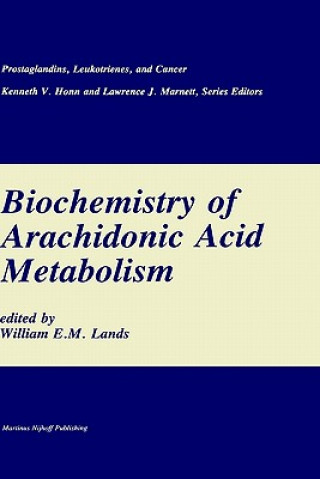
Code: 01401287
Biochemistry of Arachidonic Acid Metabolism
by William E.M. Lands
Prostaglandins, Leukotrienes, and Cancer is a multi-volume series that will focus on an emerging area of cancer research. In 1968, R.H. Williams first reported that elevated prostaglandin levels are present in human medullary car ... more
- Language:
 English
English - Binding: Hardback
- Number of pages: 442
Publisher: Kluwer Academic Publishers, 2007
- More about this

229.14 €

Low in stock at our supplier
Shipping in 10 - 14 days
Potřebujete více kusů?Máte-li zájem o více kusů, prověřte, prosím, nejprve dostupnost titulu na naši zákaznické podpoře.
Add to wishlist
You might also like
-
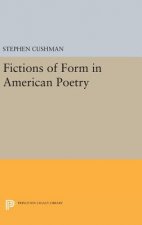
Fictions of Form in American Poetry
105.86 € -

Blood on the Hills
51.72 € -
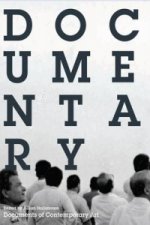
Documentary
30.18 € -
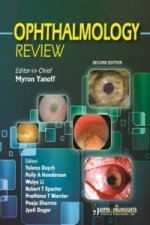
Ophthalmology Review
32.80 € -

Into Africa
96 € -

Multiple Identities
36.22 € -

Lili, la petite grenouille:: 2 CD audio pour classe
53.73 € -8 % -
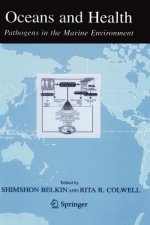
Oceans and Health:
177.51 € -
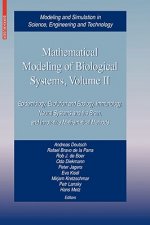
Mathematical Modeling of Biological Systems. Vol.2
115.42 € -
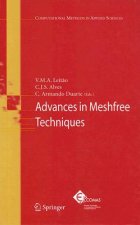
Advances in Meshfree Techniques
177.51 € -
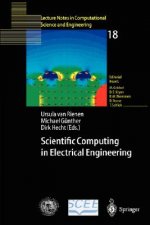
Scientific Computing in Electrical Engineering
162.32 € -2 % -
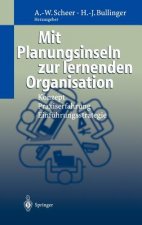
Mit Planungsinseln Zur Lernenden Organisation
94.79 € -

Barvy v bytě
14.58 € -26 % -
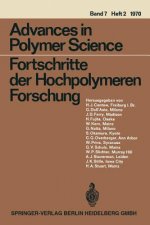
Heat Capacities of Linear High Polymers
115.42 €
Give this book as a present today
- Order book and choose Gift Order.
- We will send you book gift voucher at once. You can give it out to anyone.
- Book will be send to donee, nothing more to care about.
More about Biochemistry of Arachidonic Acid Metabolism
You get 576 loyalty points
 Book synopsis
Book synopsis
Prostaglandins, Leukotrienes, and Cancer is a multi-volume series that will focus on an emerging area of cancer research. In 1968, R.H. Williams first reported that elevated prostaglandin levels are present in human medullary car cinoma. Since that time, the concept that arachidonic acid metabolites may be in volved in cancer has expanded to include every aspect of the disease from cell transformation through metastasis. Prostaglandins and leukotrienes are generic terms used to describe a family of bioactive lipids produced from unsaturated fatty acids (principally from arachidonic acid) via the cyclooxygenase and lipoxygenase pathways, respec tively. Cyclooxygenase products consist of diverse products such as prosta glandin E, (POE,), prostacyclin (POI2) and thromboxane A2 (TXA2), whereas lipoxygenase products consist of hydroperoxy fatty acids and mono-, di- and tri-hydroxy acids including leukotrienes. The precursor fatty acids for the cyclooxygenase and lip oxygenase pathways are present in cellular phospholipids. This finding established an important control point in their biosynthesis-the release of substrate. This occurs in response to numerous stimuli that act at the cell surface. Dr. Bengt Samuelsson's extensive study of the metabolism of pros taglandins indicated that they are rapidly inactivated on a single pass through pulmonary circulation. Thus, they cannot act as circulating hormones and appear to be made on demand in or in the vicinity of target tissues leading to the concept that prostaglandins are local hormones or autocoids.
 Book details
Book details
Book category Books in English Medicine Clinical & internal medicine Diseases & disorders
229.14 €
- Full title: Biochemistry of Arachidonic Acid Metabolism
- Author: William E.M. Lands
- Language:
 English
English - Binding: Hardback
- Number of pages: 442
- EAN: 9780898387179
- ISBN: 0898387175
- ID: 01401287
- Publisher: Kluwer Academic Publishers
- Weight: 1830 g
- Dimensions: 234 × 156 × 29 mm
- Published: 2007
Trending among others
-

Healing Add
17.90 € -15 % -
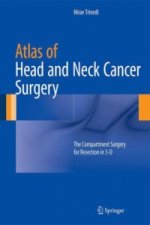
Atlas of Head and Neck Cancer Surgery
127.29 € -4 % -

Radical Remission
18.10 € -10 % -

CT Anatomy for Radiotherapy
90.46 € -
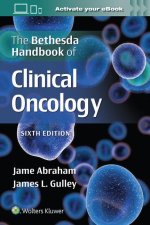
Bethesda Handbook of Clinical Oncology
71.14 € -2 % -
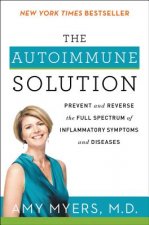
Autoimmune Solution
11.26 € -28 % -
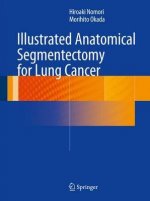
Illustrated Anatomical Segmentectomy for Lung Cancer
169.46 € -4 % -
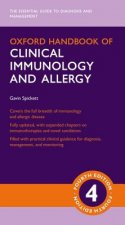
Oxford Handbook of Clinical Immunology and Allergy
44.47 € -1 % -
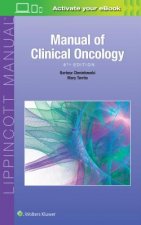
Manual of Clinical Oncology
88.75 € -
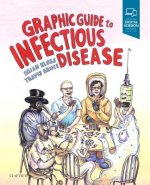
Graphic Guide to Infectious Disease
45.68 € -
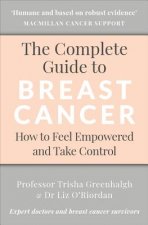
Complete Guide to Breast Cancer
17.20 € -28 % -

LYMPH & LONGEVITY
17.20 € -28 % -

Emperor of All Maladies
12.57 € -20 % -
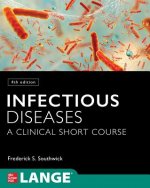
Infectious Diseases: A Clinical Short Course
112.10 € -
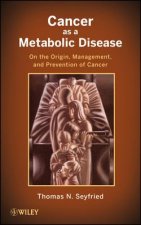
Cancer as a Metabolic Disease - On the Origin, Management, and Prevention of Cancer
152.25 € -4 % -
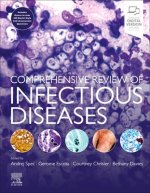
Comprehensive Review of Infectious Diseases
128.80 € -5 % -
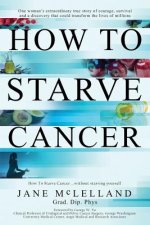
How to Starve Cancer
19.21 € -28 % -
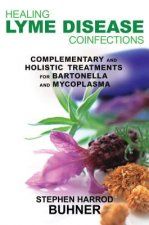
Healing Lyme Disease Coinfections
15.89 € -24 % -
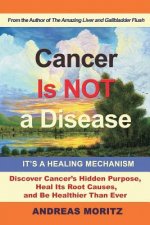
Cancer Is Not a Disease - It's a Healing Mechanism
28.37 € -
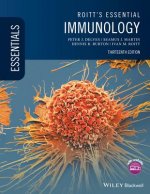
Roitt's Essential Immunology 13e
64.50 € -

Breast Ultrasound
95.59 € -4 % -
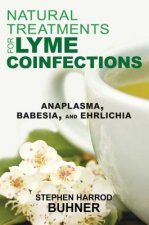
Natural Treatments for Lyme Coinfections
16.90 € -19 % -
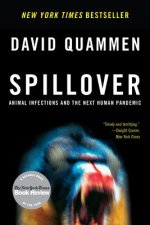
Spillover
15.19 € -
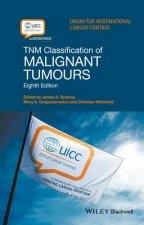
TNM Classification of Malignant Tumours 8e
52.32 € -12 % -
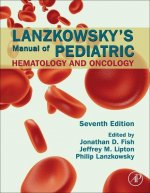
Lanzkowsky's Manual of Pediatric Hematology and Oncology
207.70 € -5 % -
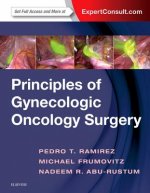
Principles of Gynecologic Oncology Surgery
318.30 € -

Emergency Management of Infectious Diseases
125.89 € -14 % -
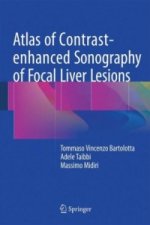
Atlas of Contrast-enhanced Sonography of Focal Liver Lesions
106.16 € -4 % -
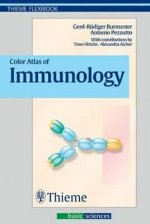
Color Atlas of Immunology
23.04 € -4 % -
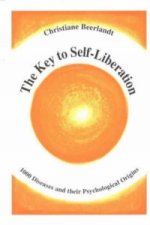
Key to Self-Liberation
87.64 € -
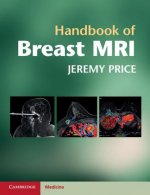
Handbook of Breast MRI
122.87 € -1 % -
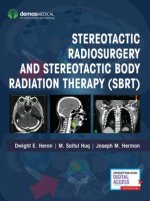
Stereotactic Radiosurgery and Stereotactic Body Radiation Therapy (SBRT)
295.76 € -
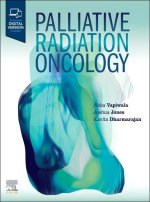
Palliative Radiation Oncology
194.82 € -9 % -
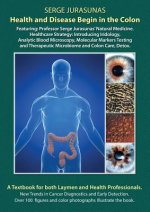
Health and Disease Begin in the Colon
44.37 € -2 % -
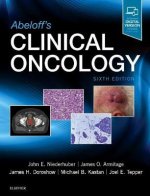
Abeloff's Clinical Oncology
396.60 € -
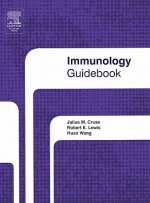
Immunology Guidebook
253.79 € -
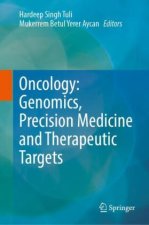
Oncology: Genomics, Precision Medicine and Therapeutic Targets
167.15 € -

Chemotherapy Protocols and Infusion Sequence
106.16 € -4 % -
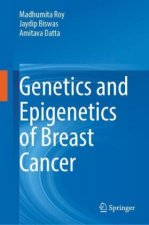
Genetics and Epigenetics of Breast Cancer
167.15 € -
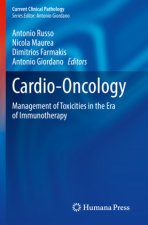
Cardio-Oncology
106.16 € -4 % -
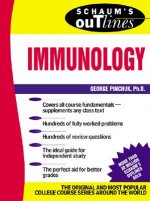
Schaum's Outline of Immunology
25.35 € -20 % -
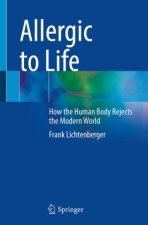
Allergic to Life
41.65 € -7 % -
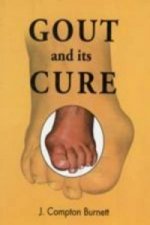
Gout & Its Cure
4.92 € -18 % -
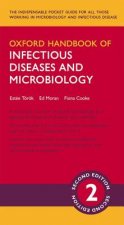
Oxford Handbook of Infectious Diseases and Microbiology
46.18 € -10 % -

Great Influenza
17.80 € -11 % -
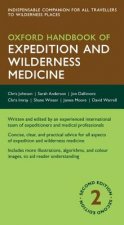
Oxford Handbook of Expedition and Wilderness Medicine
60.07 € -

Cancer and the New Biology of Water
19.61 € -24 % -

Everyday Mindfulness for OCD
13.78 € -23 % -
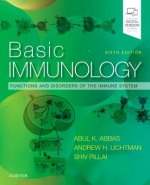
Basic Immunology
63.69 € -5 %
Collection points Bratislava a 2642 dalších
Copyright ©2008-24 najlacnejsie-knihy.sk All rights reservedPrivacyCookies


 15549 collection points
15549 collection points Delivery 2.99 €
Delivery 2.99 € 02/210 210 99 (8-15.30h)
02/210 210 99 (8-15.30h)